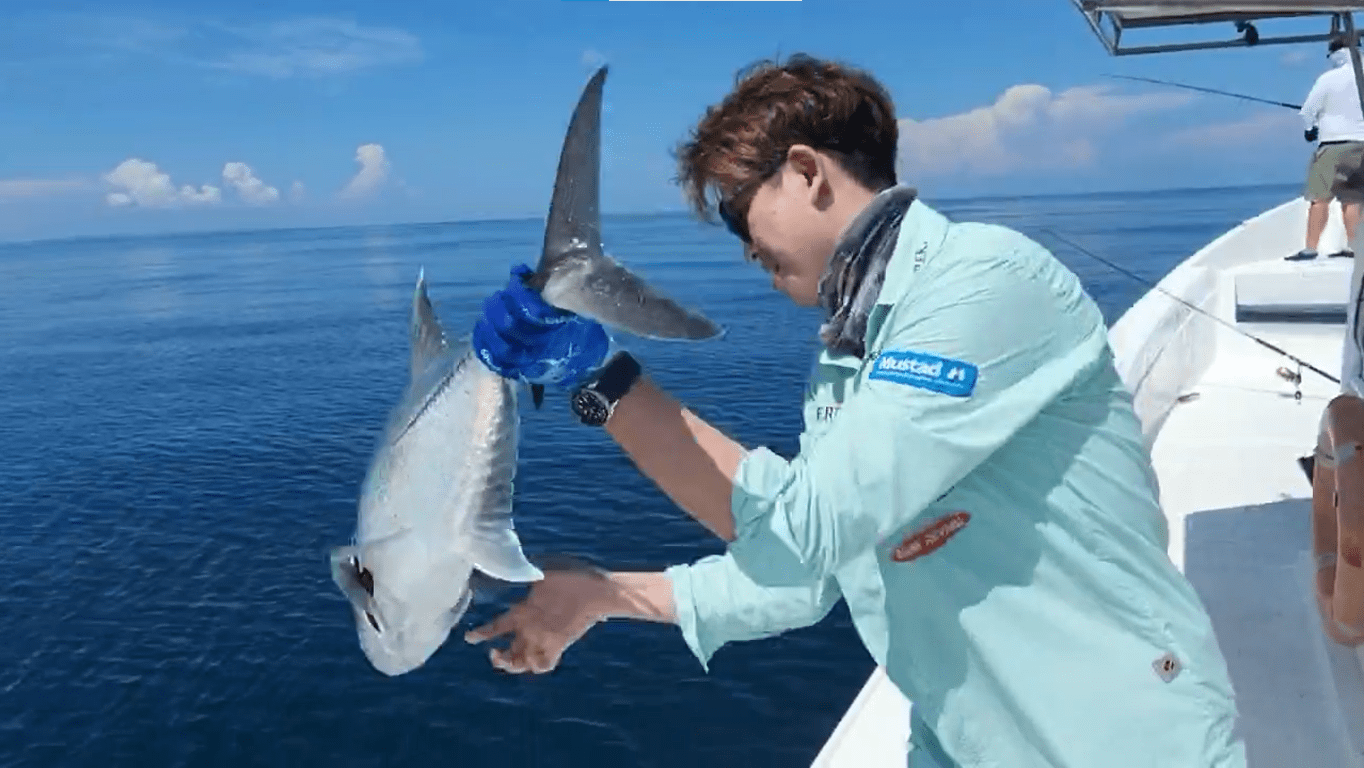Flyfishing is not just a sport; it’s a harmonious dance between anglers and nature. As outdoor enthusiasts, it’s our responsibility to ensure the preservation of ecosystems while indulging in our passion. Sustainable flyfishing practices not only protect the environment but also contribute to the longevity of the sport. In this guide, we’ll explore five expert tips to help anglers embrace sustainable flyfishing practices and minimize their ecological impact.

Expert Tips for Environmentally Conscious Anglers
Discover expert advice and essential tips to minimize your ecological impact while enjoying this timeless angling pursuit. Embrace responsible techniques for preserving nature’s beauty and ensuring thriving waters for future generations.
Choose the Right Gear
Selecting environmentally friendly flyfishing gear is the cornerstone of sustainable angling. Opt for equipment made from eco-conscious materials, such as bamboo or sustainably sourced wood for fly rods. Avoid lead-based weights and instead use non-toxic alternatives like tungsten or brass to prevent water contamination. Additionally, consider using barbless hooks to minimize harm to fish and simplify catch-and-release practices.
Pro Tip: Explore gear options from manufacturers committed to sustainability, and prioritize eco-friendly choices when selecting your flyfishing equipment.
Respect Catch-and-Release Practices
Practicing catch-and-release is vital for maintaining healthy fish populations. Handle caught fish with care, minimize air exposure, and use proper tools for hook removal to reduce stress and injury. Avoid overplaying fish and release them promptly to ensure their survival. Take time to revive exhausted fish by gently cradling them in moving water until they regain strength before swimming away.
Pro Tip: Use barbless hooks, maintain a gentle touch, and prioritize the well-being of the fish by following proper catch-and-release techniques.
Understand Local Regulations
Familiarize yourself with local fishing regulations and guidelines to ensure compliance with conservation laws. Different regions have specific rules regarding catch limits, fishing seasons, and protected areas. Adhering to these regulations is crucial in preserving fish populations and maintaining the ecological balance of water bodies.
Pro Tip: Check with local authorities or conservation organizations for updated information on fishing regulations in your area before planning your fly fishing trip.
Practice Leave-No-Trace Principles
Embrace the “Leave No Trace” ethos while fly fishing. Respect natural habitats by minimizing your impact on the environment. Pack out all your trash, including discarded fishing lines, leaders, and any other waste. Avoid trampling vegetation and sensitive areas along riverbanks, and be mindful of wildlife nesting sites.
Pro Tip: Carry a small trash bag with you and follow the principles of “Leave No Trace” to ensure you leave the environment as pristine as you found it.
Support Conservation Efforts
Get involved in conservation initiatives or support organizations dedicated to preserving fisheries and aquatic habitats. Volunteer for clean-up activities, contribute to restoration projects or donate to conservation groups working to protect waterways and fish populations.
Pro Tip: Join local conservation groups or participate in organized clean-up events to actively contribute to preserving the ecosystems that sustain flyfishing.
Conclusion:
Sustainable flyfishing isn’t just a choice; it’s a responsibility we owe to the environment and future generations of anglers. By following these expert tips, anglers can enjoy sports fishing while minimizing their ecological footprint. Let’s continue to cherish the natural beauty of our waterways and practice responsible flyfishing, ensuring these environments thrive for years to come.



